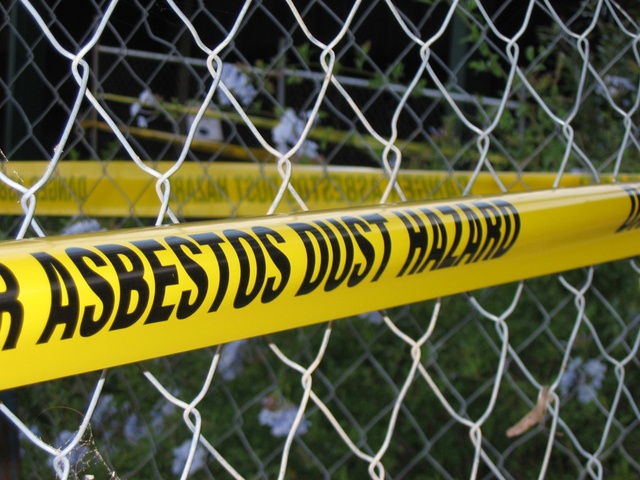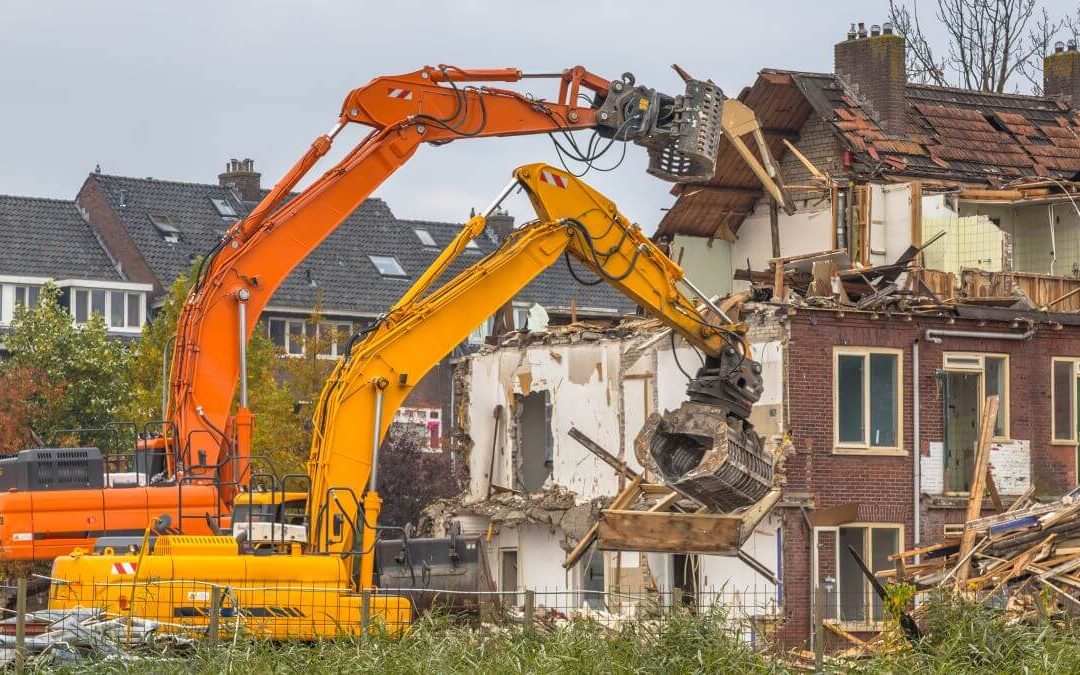How to Detect Asbestos In Your Home
Asbestos refers to naturally occurring silicate mineral fiber composed of thin and long fibrous crystals with many microscopic fibrils. These fibrils are capable of being released into the environment or atmosphere through abrasion, among other processes.
- You can detect asbestos in your home by seeking the assistance of asbestos professionals trained to identify, remove, and dispose of asbestos safely. If you are not a trained Asbestos Awareness professional, there could be substantial risks in trying deal with asbestos on your own.
Before discussing the details of how to detect asbestos, it’s important to understand the health and safety risks posed by asbestos.

What happens when asbestos is not dealt with:
Safety risks and general side effects
Why is exposure to asbestos dangerous?
Individuals who are exposed to asbestos have a higher chance of developing lung disease. Exposure can also cause other harmful health effects. Most diseases or health problems associated with asbestos exposure take years to develop. They are also difficult to identify in most cases.
Asbestos exposure is usually identified through related health conditions and taking a thorough look into a patient’s medical history, their work, as well as cultural and environmental aspects. Health practitioners then subject patients to pulmonary function tests, chest X-rays, and physical exams to diagnose asbestos-related conditions.
In most cases, asbestos exposure which goes undetected causes lung cancer and mesothelioma (a rare cancer that targets the chest, lungs, heart, and abdomen lining). Asbestos is actually a carcinogen, according to the United States Department of Health & Human Services (HHS). Asbestos exposure is also linked to asbestosis (a serious and progressive lung disease). These diseases are deadly, which is why it is important to detect asbestos in your home.
When was asbestos most used?
Asbestos became popular in the U.S. during the industrial age. It was essential in many industries for its fireproofing properties. Asbestos was highly popular in construction, automobile, power, chemical, and manufacturing industries in the industrial age. The U.S. Army also used asbestos to fireproof all branches of the military. Regulation began in the 1970s after its widespread effects became obvious. However, asbestos is yet to be banned completely.
How do you detect asbestos in your home?
Places where asbestos may be present in your home
To detect or know if you have asbestos in your home, it’s important to consider the uses of asbestos. The heat resistant properties of asbestos and fiber strength make it suitable for very many applications today.
According to the EPA, new products can’t be produced and sold if they contain asbestos before they are reviewed by the EPA and subjected to restrictions or a complete ban. New uses of asbestos are also prohibited until a thorough review by the EPA is done. The use of asbestos as per the 1989 partial ban still applies. There’s much more to asbestos regulation.
While there have been many restrictions on asbestos use and products, many homes still have asbestos in the attic, wall insulation, vinyl floor tiles and adhesives, roofing and siding, paint, and hot water pipes among other places. Older homes have more exposure for obvious reasons. However, all homes are at risk. The few products containing asbestos today can still pose health risks.
Knowing where Asbestos can be found is a safety necessity.
There are some common places where Asbestos can be detected in public places as well. Here are some images and information on those areas.

Typical older gymnasium locker room hot water heater asbestos insulated tank and pipes. Items stored in the room should be “initially cleaned “ before removal.

In this room only the pipe fittings (elbows) have asbestos containing material (ACM) while the rest of the pipe is insulated with fiberglass. Note the required label when ACM is present in maintenance areas.

Asbestos containing cementitious fire retardant sprayed on the ceiling (Robinson deck and beams) in a mechanical room.

Now this is worn out vinyl asbestos floor tile (VAT). This does release small amounts of asbestos fibers when disturbed and should be removed or at least the damaged sections replaced.


These are fire doors in a gymnasium. One of the doors has significant damage at the bottom corner of the door where the throw bolt which goes into the floor to hold the door closed was broken out exposing the inner asbestos mineral core of the door. This has been damaged for a long time as you can see it has been painted over.
Looking For Asbestos Awareness Training?
Haztrainer is dedicated to providing OSHA certified training for Asbestos Awareness and Lead Awareness totally online! Our training video courses are fast, efficient, and easy to use. After you complete the training videos you can simply print out your certificate. We are now offering sample training videos for free so you can see first hand how great Haztrainer is before you commit to purchasing the entire course.

Recent Comments